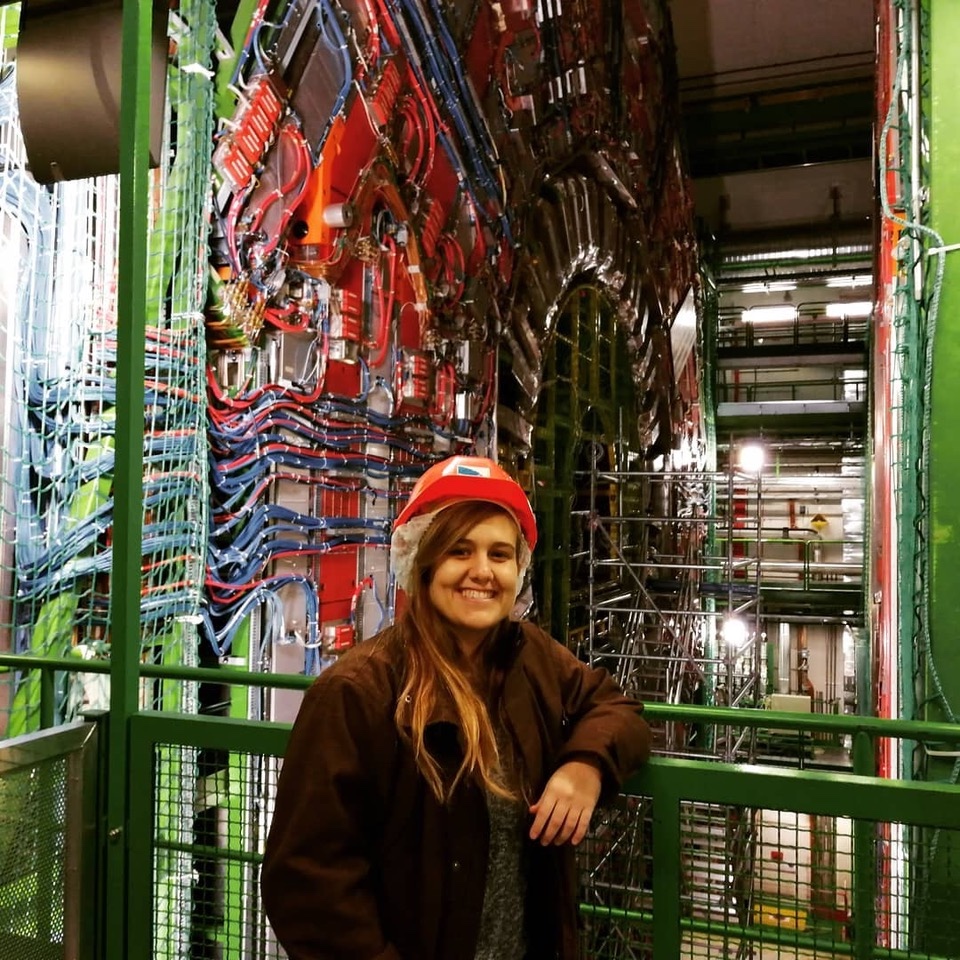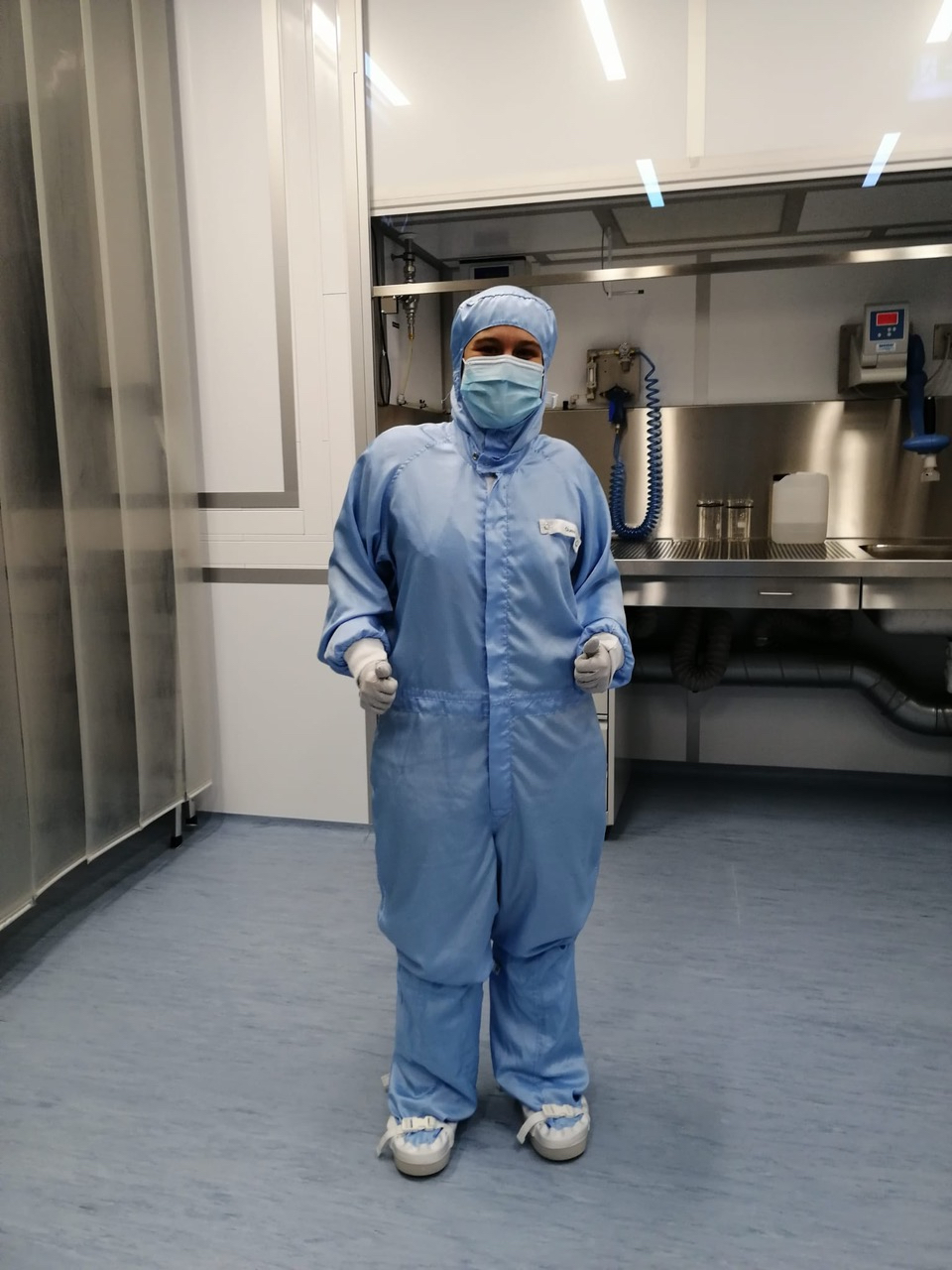Becoming a doctor was my dream since I was 6 years old, that’s why I chose biology in high school, however, I was also curious about physics and I decided to take that class also. It was the best decision of my life. I met my physics teacher and I did a research project with him about the radioactivity applied to medicine. Thanks to this I discovered particle physics and CERN and I knew that my dream was to work there, so I enrolled in physics at the University of Barcelona.
During this time everybody was telling me that you should visit CERN, but I knew my first time to be at CERN would be because I work there.
Since I knew my goal was to do research at CERN, I started working with some professors during summer breaks. In my third year of bachelor (in Spain we do 4 years) my professor sent me to a summer school, where I met Mar Capeans, an amazing physicist and person. She gave a lecture about detectors which was the field I was most interested in, and it was really cool and enlightening. After that, I went to talk to her explaining that my dream was to work at CERN and that I was doing similar things to the ones she explained and she told me: send me your CV and an explanation of your work and we can check if there’s any position suitable for you.
Thanks to her and to Michael Moll, I did an internship at CERN studying radiation damage in silicon detectors. It was the best! And at that moment I knew that I was born to be a physicist.

After this experience and finishing my bachelor's I went back to Geneva to do my master in particle physics while working again at CERN. I kept working on radiation damage in Silicon detectors but I also discovered a new field, medical physics, while doing my master thesis.
By December 2020 I finally started my PhD with DESY at the CMS experiment. Since then it has been so intense! It’s almost one year since I started and it feels like ages. I’ve experienced so many things and learned so much…
My PhD consists of 2 projects: I’m involved with TOP analysis, I have to determine the mass of the top quark. This was the toughest part since I was a detector person. It’s my first time doing analysis so I have a lot to learn but it’s also really exciting to do something for the first time. Also my colleagues are super helpful and I’m really happy to work with them.

The other project is related to the upgrade of CMS, I’m working in the lab helping on the Outer Tracker construction here at DESY. We’re building the silicon modules that will be installed at CMS for the High Lumi LHC era : these modules have to be under several tests before installation, and one of these tests is what we call the burn-in test, which means temperature cycles from room to operation temperature. I’m in charge of this setup, building and operating it. It’s really cool to commission a setup from scratch there’s so many things to take into account…
First year in CMS has been quite a journey! Looking forward for the next 2!

Disclaimer: The views expressed in CMS blogs are personal views of the author and do not necessarily represent official views of the CMS collaboration.
